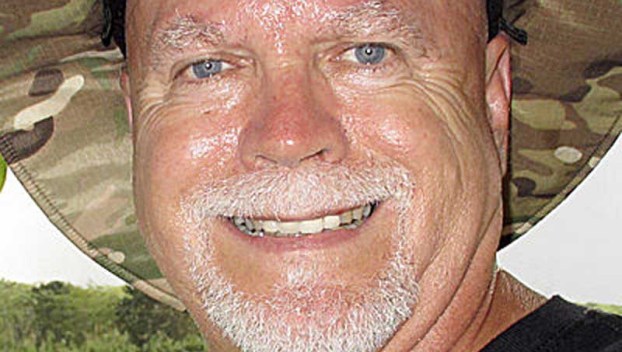
Lifestyles
EDDIE SEAGLE: Ornamental grasses add color, form in curb appeal
“There is no glory in star or blossom till looked upon by a loving eye; There is no ... Read more

“There is no glory in star or blossom till looked upon by a loving eye; There is no ... Read more

As states begin to open up and relax/release their “shelter-in-place” mandates, continue to respect others by practicing social ... Read more

Traditionally, when grasses became the topic, the discussion focused on lawns, turf, and weeds. However, in the modern ... Read more

Ornamental grasses provide a variety of seasonal exhibitions throughout the year. From their vivid vegetative qualities and resulting ... Read more

“Keep close to Nature’s heart… and break clear away, once in a while, and climb a mountain or ... Read more